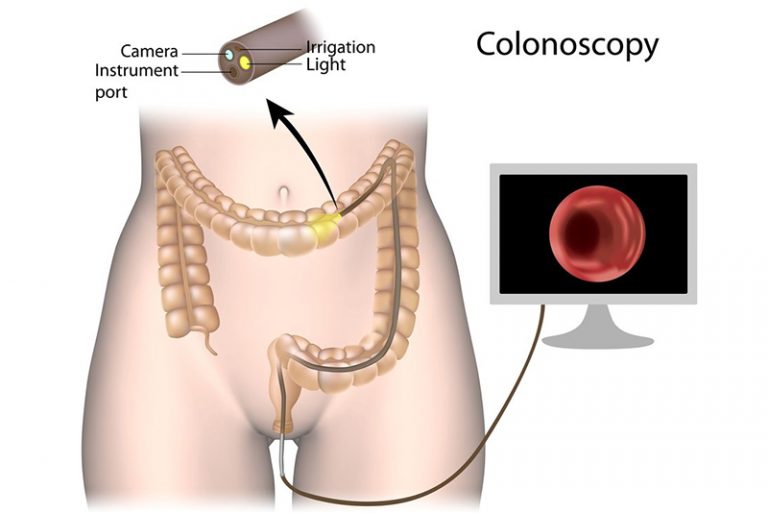Colonoscopy is a procedure used to see inside the colon and rectum.
What are the colon and rectum?
The colon and rectum are the two main parts of the large intestine. Although the colon is only one part of the large intestine, because most of the large intestine consists of colon, the two terms are often used interchangeably. The large intestine is also sometimes called the large bowel.
How to Prepare for a Colonoscopy
Dr. Indraneel Chakrabarty, MD works closely with many insurance health plans to offer you exceptional healthcare.
The doctor provides written instructions about how to prepare for a colonoscopy. The process is called a bowel prep. Generally, all solids must be emptied from the gastrointestinal tract by following a clear liquid diet for 1 to 3 days before the procedure. Patients should not drink beverages containing red or purple dye. Acceptable liquids include:
- fat-free bouillon or broth
- strained fruit juice
- water
- plain coffee
- plain tea
- sports drinks, such as Gatorade
- gelatin
A laxative or an enema may be required the night before a colonoscopy. A laxative is medicine that loosens stool and increases bowel movements. Laxatives are usually swallowed in pill form or as a powder dissolved in water. An enema is performed by flushing water, or sometimes a mild soap solution, into the anus using a special wash bottle. Patients should inform the doctor of all medical conditions and any medications, vitamins, or supplements taken regularly, including:
- aspirin
- arthritis medications
- blood thinners
- diabetes medications
- vitamins that contain iron
How is a colonoscopy performed?
Examination of the Large Intestine: During a colonoscopy, patients lie on their left side on an examination table. In most cases, a light sedative, and possibly pain medication, helps keep patients relaxed. Deeper sedation may be required in some cases. The doctor and medical staff monitor vital signs and attempt to make patients as comfortable as possible. The doctor inserts a long, flexible, lighted tube called a colonoscope, or scope, into the anus and slowly guides it through the rectum and into the colon. The scope inflates the large intestine with air to give the doctor a better view. A small camera mounted on the scope transmits a video image from inside the large intestine to a computer screen, allowing the doctor to carefully examine the intestinal lining. The doctor may ask the patient to move periodically so the scope can be adjusted for better viewing. Once the scope has reached the opening to the small intestine, it is slowly withdrawn and the lining of the large intestine is carefully examined again. Bleeding and puncture of the large intestine are possible but uncommon complications of colonoscopy.
At what age should routine colonoscopy begin?
Routine colonoscopy to look for early signs of cancer should begin at age 50 for most people—earlier if there is a family history of colorectal cancer, a personal history of inflammatory bowel disease, or other risk factors. The doctor can advise patients about how often to get a colonoscopy.
Points to remember:
- Colonoscopy is a procedure used to see inside the colon and rectum.
- All solids must be emptied from the gastrointestinal tract by following a clear liquid diet for 1 to 3 days before a colonoscopy.
- During a colonoscopy, a sedative, and possibly pain medication, helps keep patients relaxed.
- A doctor can remove polyps and biopsy abnormal-looking tissues during a colonoscopy.
- Driving is not permitted for 24 hours after a colonoscopy to allow the sedative time to wear off.

